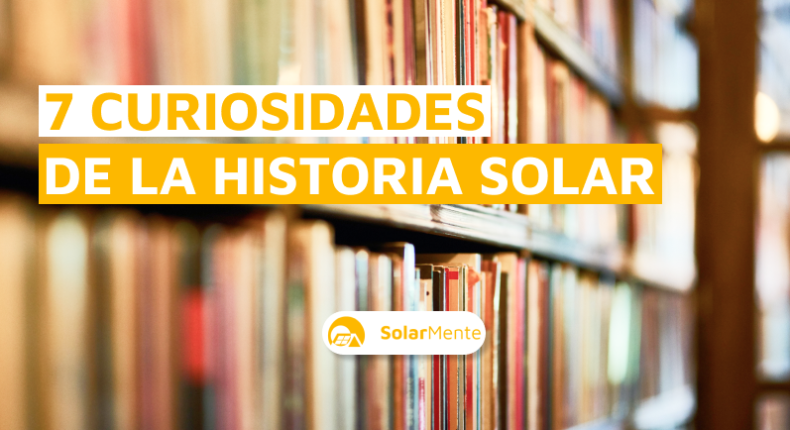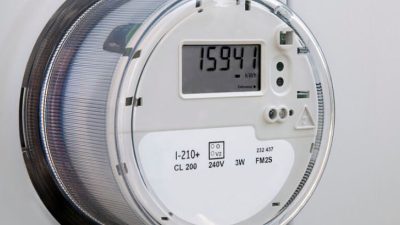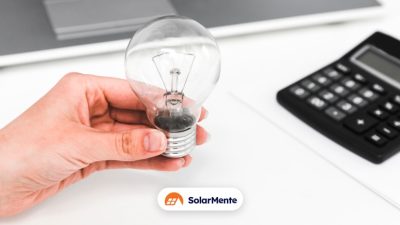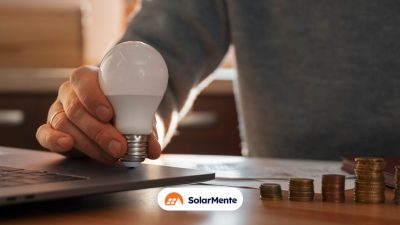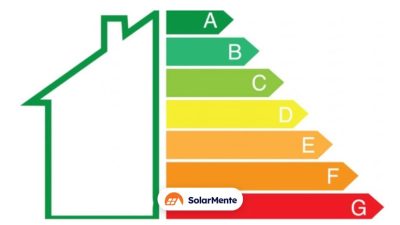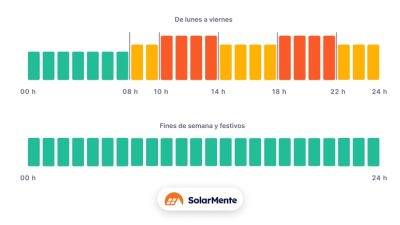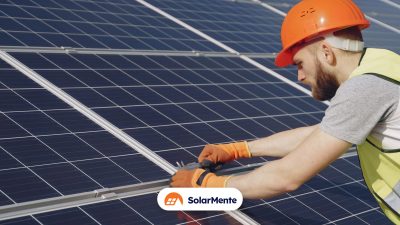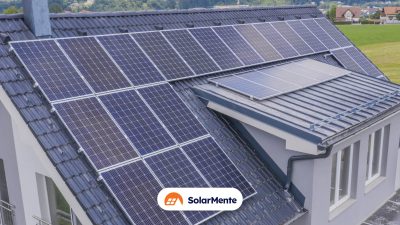The solar energy has always been present in our lives to a greater or lesser extent and has been a key factor in the evolution of almost all living species.
If it was already clear to us that the sun is a key element for our survival, in recent years we have also begun to take advantage of it as a source of energy for our homes and businesses.
For this reason, in this article we take a look at the history of solar energy with curiosities and facts that have emerged over time.
Milestones in the history of solar energy
1. Ancient civilisations have used this energy source
The origin of solar energy began in ancient Greece around 400 BC. The god Helios, or the sun god, was worshipped and had several temples. The Greeks were the first to devise buildings to harness the light and heat of the sun.
Later the Romans learned to use greenhouses with glass windows so that food could grow properly and take advantage of the sunlight.
2. Scientists also made use of the principles of solar energy.
Between 1839 and 1890, scientists such as Horace de Saussare and Edmond Becquerel used the principles of solar energy to try to make solar cells or panels to use solar energy.
The drawback was the cost of the materials, so at first, the development of solar energy was not worth studying in such depth.
We will analyse the development of this technology by years:
-
During the period 1837-1838 Claude Servais Mathias Pouillet, a French physicist, was the first to make the first quantitative measurements of the solar energy incident on the earth’s surface.
-
In 1839, Alexandre-Edmond Becquerel observed the photoelectric effect and built the first photovoltaic cell.
-
In 1860, French inventor Augustin Mouchot built a solar cooker and invented the first photovoltaic-powered engine with a parabolic reflector and a cylindrical boiler.
-
In 1867 Swiss scientist Horace de Saussure developed the first solar collector.
-
Willoughby Smith, an English electrical engineer, discovered photoconductivity with selenium and gold in 1883.
3. The first photovoltaic plate and new discoveries
Let’s take a step-by-step look at how the first photovoltaic plate was created:
-
In 1888: Russian physicist Aleksandr Stoletov manufactured the first visible light photovoltaic cell, made of selenium, based on the external photoelectric effect discovered by Heinrich Hertz a year earlier and improving the conversion efficiency from 1 to 2%. A big difference compared to today’s 15-20% for a panel and up to 42% for a solar cell.
-
During 1891: Inventor Clarence Kemp patented the first solar water heater using a black painted water tank inside a glass-covered box and put it on sale for $25.
-
In 1905: Albert Einstein proposed a new quantum theory of light and explained the photoelectric effect in a landmark paper for which he received the Nobel Prize in Physics in 1921.
4. Laboratories and governments position solar energy for use in electricity.
After the 1950s, thanks to Bell Laboratories, who designed photovoltaic cells with an efficiency of 10%, they managed to position solar energy as an inexhaustible and economical source for use in electricity.
This continued until the 1970s, when the use of solar energy declined. After the 1990s, some US presidents decided to introduce policies regarding the use of this renewable energy source that managed to boost its use.
How did this happen?
In 1954, Bell Telephone Laboratories developed silicon photovoltaic cells with an efficiency of 4%, which increased to 11%.
Four years later, in 1958, a small satellite was powered by a solar cell with less than 1W of power.
Once the Gulf War came along in 1990, there was a surge of interest in solar energy as a viable alternative to oil.
5. Evolution and development of solar energy
The evolution of this clean, renewable source came about through experiments that improved people’s comfort. But today we are not only talking about comfort, but solar energy has established itself as one of the most feasible solutions to the current problems of pollution and energy sustainability.
The discovery of solar energy has been very useful for mankind and that is why it has been growing significantly in the last decade. To be more precise, in the last 15 years, it has grown by almost 20% to generate clean electricity.
The advantages of solar energy are abundant. Science continues to research in order to increase its efficiency and lower the associated costs, replacing practices that are neither useful nor beneficial to the planet and society.
6. Photovoltaic projects in Spain
The first grid-connected PV installation in Spain took place in 1984, when a 100 kWp pilot plant was installed in San Agustín de Guadalix, Madrid.
During those years, the Spanish PV market focused on the supply of off-grid PV applications. Subsequently, four more grid-connected systems were installed in private homes in 1993, followed by further projects.
7. Solar energy today
Solar energy is currently used in two main ways.
The first is thermal energy, which uses sunlight to heat fluids that drive turbines and other machines. It is used to heat water and heat our homes.
Secondly, photovoltaic energy captures the light coming from the sun through solar panels and transforms it into energy suitable for domestic energy consumption.
At SolarMente, we help you to become part of solar energy in an easy and profitable way. We accompany you throughout the process to change to a sustainable energy model and save on your electricity bill. Check it in a few steps with our calculator for self-consumption.

